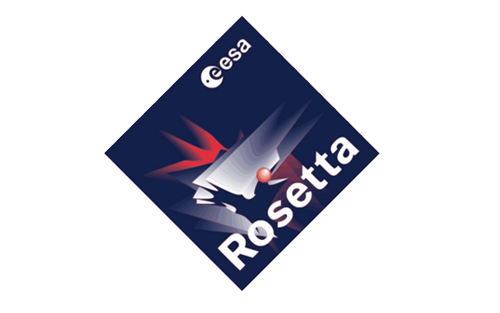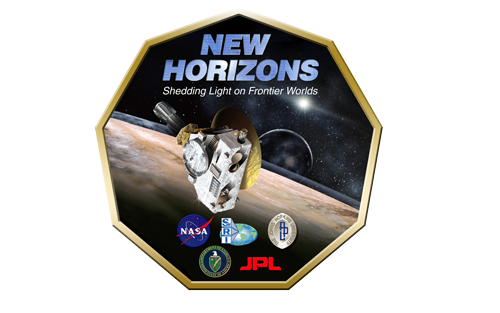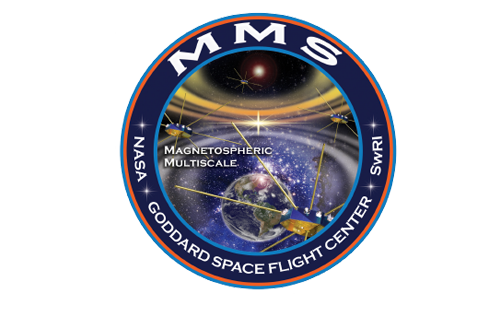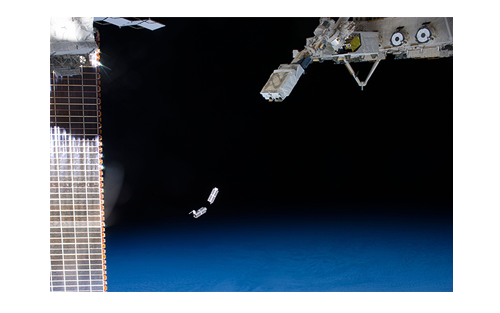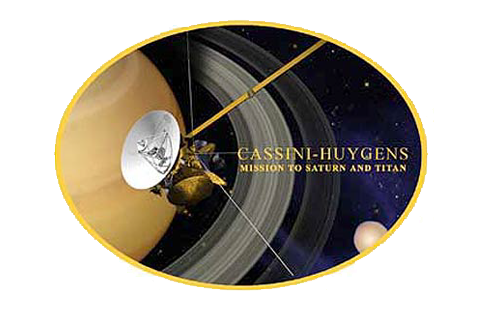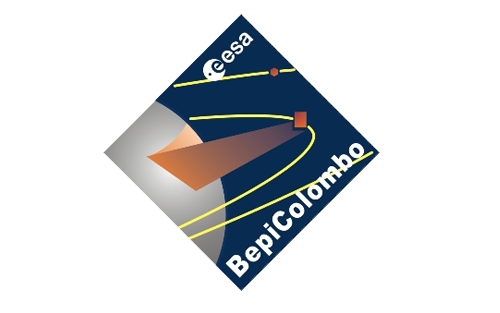Rosetta
Jessica Armstrong2023-05-25T20:14:27+00:00Rosetta The European Space Agency's Rosetta mission is a milestone in space exploration as it has successfully chased, gone into orbit around, and landed a probe on a comet. Rosetta is studying the Jupiter-family comet 67P/Churyumov-Gerasimenko with a combination of remote sensing and in situ measurements. After a 10-year tour through the solar system, Rosetta arrived at comet 67P on August 6, 2014 and deployed the Philae lander on November 12, 2014. The main goal of Rosetta is to characterize the environment surrounding the comet and the comet nucleus as the comet penetrates further into the inner solar system. Rosetta will [...]


